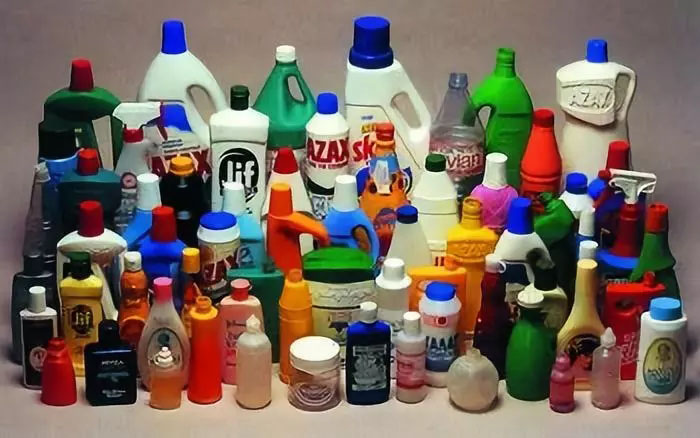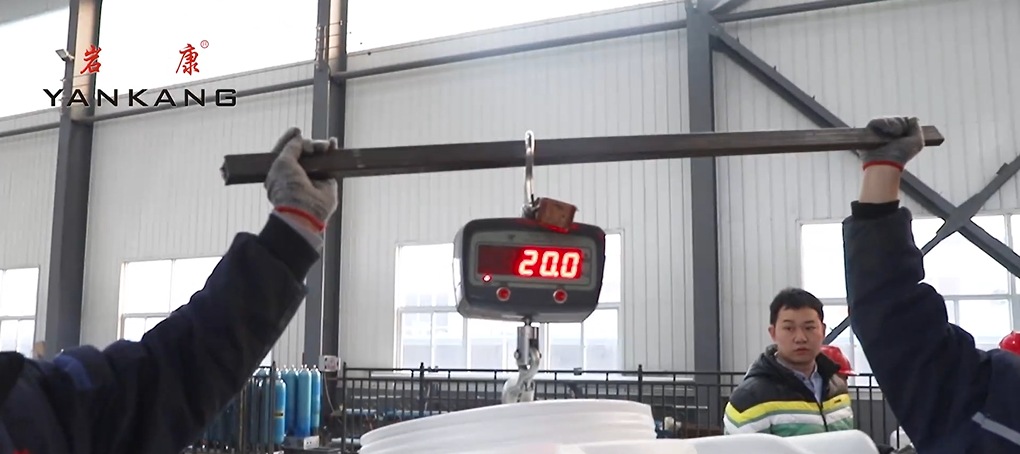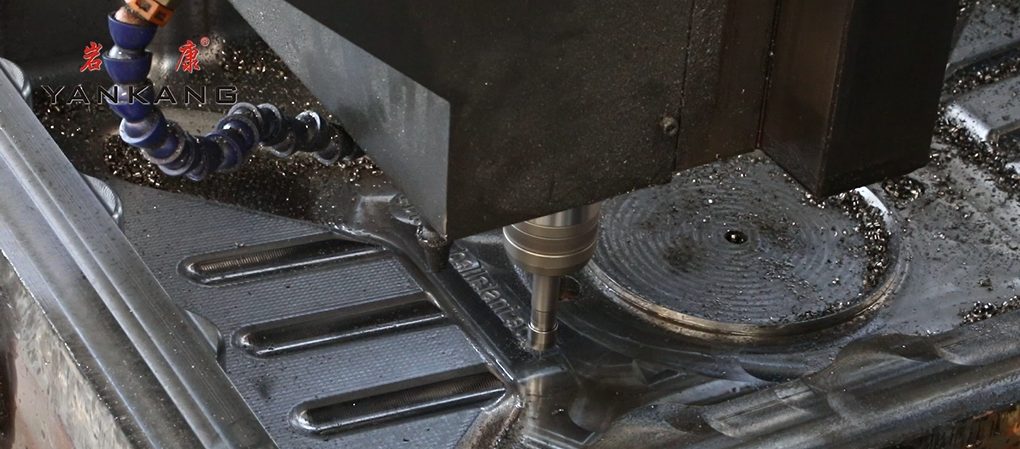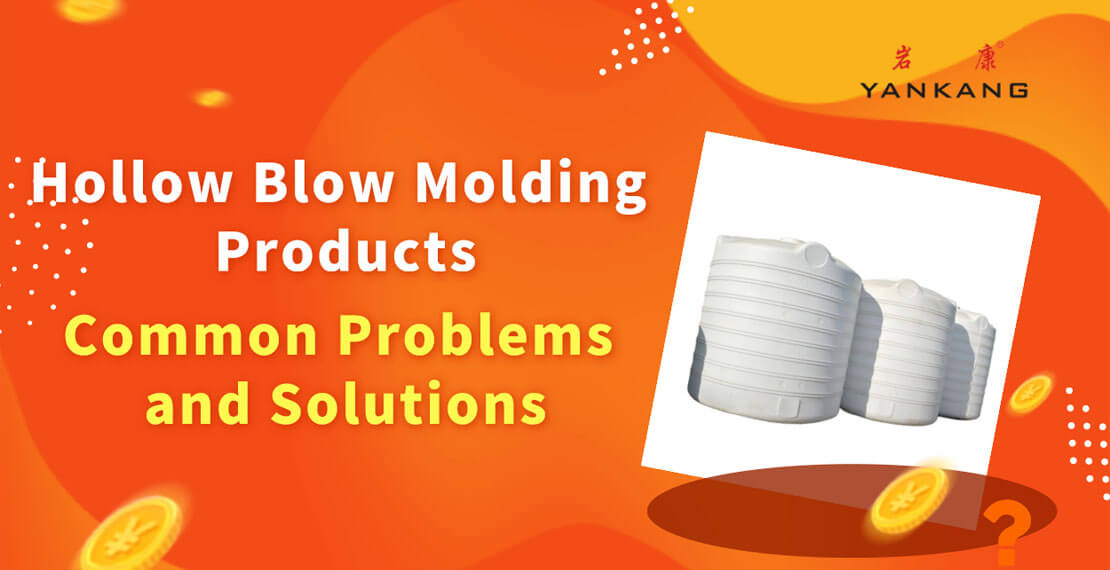Hollow blow molding technology is one of the common techniques of plastic processing.
Hollow blow molding products are widely used in all walks of life, containers, beverage bottles, toys… It can be said that hollow products have been integrated into our lives.
This article will summarize the quality issues that are likely to arise with hollow blow molding products and briefly explain the solutions for discussion.
Large Fluctuations In Product Weight
Reason:
- The parison suddenly changes;
- Uneven mixing of raw materials;
- The feeding section is blocked or bridged, resulting in unstable extrusion;

- The extruder speed is unstable.
Method:
- Inspect and repair the wall thickness control device to make the parison control more stable;
- Using the appropriate material mixing device, properly extend the mixing time, so that the ingredients of the raw materials are evenly mixed;
- Check if there is a block or other foreign matter at the inlet to block the inlet;
- Appropriately reduce the temperature of the inlet to avoid the occurrence of “bridge” phenomenon;
- Check whether the extruder motor is abnormal, whether the motor and gearbox are loose or slippery, and ensure stable screw speed;
- At the same time, we also need to regularly check the electronic scale to avoid the fluctuation of the measuring instrument affecting the quality judgment;
Our blow molding machine uses IKV Screw, the plasticizing ability of the blow molding machine is 1.5 times faster than similar products, in addition, the screw speed is more stable.
Yankang adopts a PLC control system and a MOOG wall thickness controller. Make the product parison wall thickness more uniform and stable. Ensure the quality of blow-molded hollow products. The product weight will also be more in line with production standards.

Insufficient Capacity
Reason:
- The shrinkage rate of raw materials of different grades will be different, and the mold cooling temperature and the blowing setting time are the reasons for the excessive shrinkage and shrinkage of the product.
We need to analyze and solve the problem in a targeted manner to keep the product shrinkage within the controllable range;
- In addition, the wall thickness of the product is too thick or the wall thickness is not uniform, resulting in deformation and concave sag. The appearance of the product does not meet the design expectations and the volume is not up to standard.
Method:
- Repair and improve the mold, first meet the volume requirements in theory;
- Replace the raw material with smaller shrinkage rate, prolong the blowing time, reduce the cooling temperature of the mold, and reduce the shrinkage rate of the finished product as much as possible;
- Adjust the wall thickness controller to make the wall thickness evenly distributed, and solve the problem of concave and deformation of individual parts;
- Appropriate adjustment of the blowing time, so that the shape of the product meets the original intention of the design;
- Or solve the problem by appropriately increasing the blowing pressure.
About blow molding molds, the plastic mold of Yankang Blow Molding Machine is designed and produced by ourselves. During the mold production process, we use more precise CNC processing technology. Make the hollow blow molding products with complete capacity.

Do a little supplement here,
we found that the effect of weight on capacity is also crucial.
It is not a simple linear relationship in which the weight is reduced by one kilogram and the capacity is increased by one liter.
The relationship between specific weight and volume requires us to carry out specific analyses for different barrel types.
The size problem can also be said to be a further extension of the volume problem. The size exceeds the standard category. The cause and solution are basically the same as the volume problem, and will not be described here. If the product control size cannot be directly shaped during the hollow blow molding process, it can be solved by adjusting the appropriate process time, product wall thickness, selecting suitable raw materials, and even using the external mold to control to meet the quality requirements.
Hollow Blow Molding Products Appearance
It’s the customer’s first impression of the quality of the product.
The black spots and black lines on the surface of the product are mostly due to improper temperature setting and carbonization of the raw materials; carbides accumulated in the accumulator or the head flow path are taken out, and foreign materials are caused by foreign materials.
Method:
- By appropriately reducing the processing temperature;
- Clean the runner system or reduce the injection pressure;
- Purification of raw materials, timely cleaning of filter plates, magnetic frames and other measures can effectively solve such problems;
- Moreover, by analyzing the position and traits of black spots, it helps us to quickly find out the cause of the problem and improve the processing speed of the quality problem.
Except for the black dot black line, the injection pressure is too high; the wall thickness controller wall thickness tracking is not accurate; the rough mold and other problems will cause the parison to encounter resistance when it is extruded, resulting in horizontal streaks on the surface of the product.
Troubleshooting:
- 1.Appropriate reduction of injection pressure;
- Check the wall thickness controller or reset the wall thickness of the parison to slow the fluctuation of the wall thickness;
- Clean up, polish the die and other ways to solve.
At the same time, there are foreign objects in the die; there are burrs or gaps in the edge of the die sleeve or the core, and foreign matter in the stocker or the head may cause longitudinal streaks on the surface of the product. We need to clean the die; trim the core mold sleeve, usually pay attention to protection when using or cleaning the core mold sleeve to avoid the occurrence of human damage; clean the stocker, machine head, or increase the injection pressure, use molten material Take out the foreign matter and solve it.
Hollow Blow Molding Product Wall Thickness
It is one of the factors that have the greatest impact on product quality.
When there is a problem that the wall thickness of the product is not uniform or the wall thickness is too thin,
we should analyze the following reasons in time:
- The gap of the die of the machine head is improperly adjusted, and the parison is skewed when it is extruded;
- The mold is inconsistent with the center of the machine head;
- Sagging when the parison is extruded;
- The length of the extruded parison is large and fluctuating;
- The parison blow ratio is too large;
- The mold design is unreasonable;
- The mold temperature distribution is uneven.
And we should:
- Adjust the die gap according to the wall thickness distribution;
- Adjust the position of the machine head or adjust the mold installation position;
- Appropriately increase the extrusion speed or mold clamping speed, and select the raw material with low melt flow rate;
- 4.check the hopper for blockage or bridging, if using different grades of mixed materials, try to mix evenly;
- Appropriately reduce the inflation ratio;
- Re-improve the mold;
- According to the product characteristics, properly adjust the mold cooling temperature of different parts to solve the problem.
Pay Attention Here,
the ductility of the raw material in the molten state is also a problem that we must consider. Mass production should be avoided before the problem is completely solved, so as to avoid the expansion of quality problems.

Sealing Performance
Another problem is that the Sealing Performance of the product is one of the most important quality control points of the product.
The compatibility of the sealing material with the contents and the cooperation between the sealer and the mouth are important considerations.
Sealing is only a matter of degree, not absolute.
At present, there are mainly three types of sealing methods, namely inner cover seal, seal, and gasket seal.
Each of these three has advantages and disadvantages:
The inner cover has a slightly poor sealing effect, but it is stable and durable; the gasket is well sealed, but the repeated utilization is slightly poor; the sealing ring has the best sealing performance, but attention should be paid to interference and friction during design.
When selecting the sealing method, it is necessary to comprehensively consider various problems such as material, sealing ability, and sealing aging.
Why:
- The plane or inner wall difference of the sealing part of the product;
- There is a deviation between the front and rear of the sealing surface of the product;
- The chemical reaction between the sealing material and the contents;
- The sealer and the mouth are not properly matched.
Solution:
- Adjust the plane or inner wall of the sealing part to make it flat;
- Adjust the height deviation so that the height of the contact surface is consistent;
- Select the appropriate sealing material to avoid corrosion of the contents;
- Adjust the fit of the sealer and the mouth to solve the problem.
By studying the sealing state, it helps to improve the prevention of seal failure. In the course of the research, we need to pay attention to the fact that practice is the only way to test a theory. Too much belief that theory will make it difficult to produce qualified products, and relying too much on experience is not easy to find potential problems.
Product Rupture
During the shipment process, the product will encounter stacking and transportation problems.
In the course of transportation, if the product accidentally falls from a height, it is easy to break.
Usually, the problem of rupture is due to:
- The wall thickness adjustment is not appropriate;
- The molding temperature setting is not appropriate;
- The selection of raw material grades is unreasonable;
- The mold design is unreasonable and other reasons.
How:
- Strengthen the wall thickness control of the force by re-adjusting the wall thickness of the product. It should be noted that the wall thickness is not as thick as possible, and sometimes the wall thickness of some parts is lowered to improve the drop performance;
- Reset the molding temperature, too high will lead to decomposition of raw materials too low will lead to poor plasticization;
- Re-select the applicable raw material grades. The raw material focus of each grade is also different. There is no best raw material, only the most suitable raw materials;
- The method of improving the product structure can solve the problem of poor drop performance.
At the same time, if the wall thickness is not properly adjusted; the selection of the raw material grade is unreasonable; the unreasonable mold design will result in poor product stacking performance and affect the transportation of the product.
By re-adjusting the wall thickness of the product, the wall thickness control of the force is strengthened; the applicable material grade is re-selected; the mold is improved, and the reinforcement ribs are added according to the need to further improve the stacking performance of the product.
When the stacking performance is improved, the hollow container is considered as a shell structure for research, which simplifies the research process. In general, drop performance and stacking performance are complementary and mutually opposite when the product structure has been determined. We need to find the right balance point in it to meet the requirements of good stacking performance and good drop performance.
Final problem,
Environmental Stress Crack Resistance Of The Hollow Blow Molding Product
With the different conditions of use of the product, this problem is getting more and more attention.
Inappropriate selection of raw material grades; improper mold design temperature is not appropriate, resulting in stress concentration and other reasons that will lead to poor environmental stress cracking resistance of the product.
By:
- Select the appropriate grade of raw materials;
- Improve the mold, especially at sharp corners;
- Set the appropriate molding temperature, and adjust the wall thickness to avoid stress concentration problems and other ways can be solved. Due to its particularity, the environmental stress cracking problem is difficult to find in the production process in time, and the loss may have been caused when the test is discovered. Therefore, this problem must be considered at the beginning of production.
When selecting materials, try to use materials with wide molecular weight distribution and a high degree of branching. Such as HDPE.
When designing the mold, try to avoid stress-convenient structures such as sharp corners. Set the appropriate temperature and cooling rate at the time of the process setting.
Most raw material manufacturers provide the F50 time of the raw material, which can effectively reflect the environmental stress cracking resistance of the raw material. 2 However, in actual production, the data can be used as a reference and cannot be over-reliant.
A variety of conditions can occur during the production of blow-molded products. This time just to select a few of the most prone to problems in the finished product to explore and propose several solutions for your reference. All aspects and details of the production of blown products such as raw materials, equipment, plasticizing, and molding are worthy of further study.
Before that, Yankang published an article entitled:10[Comprehensive]Common Problems With Blow Molding Products. You can study both articles together.

